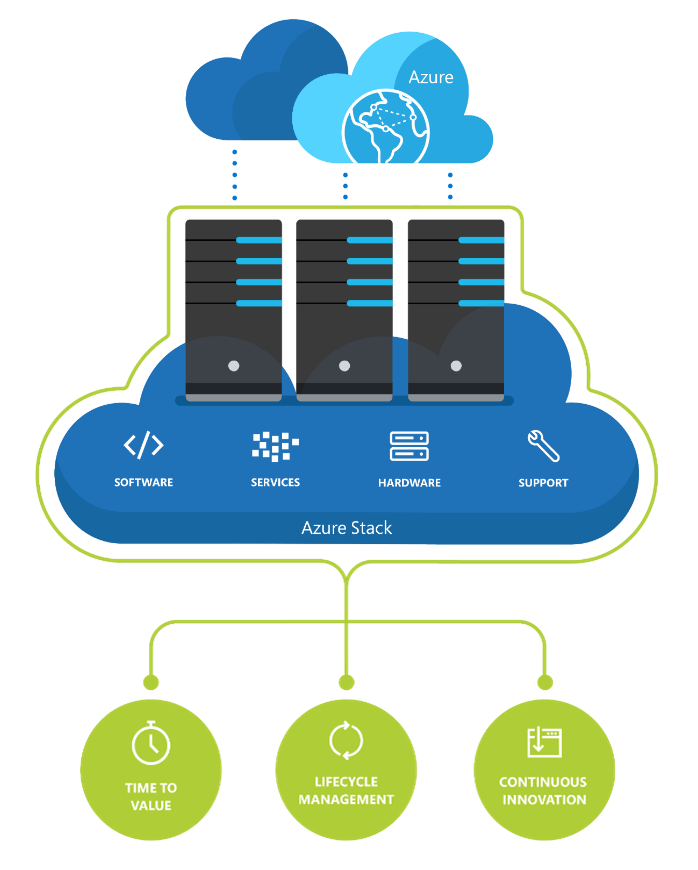I’ve recently covered in my previous post about Azure Stack being finally released to the Integration Systems (Dell EMC, HPE and Lenovo). We covered in the article the clarification of what Azure Stack actually means, features and functionalities available. In this second part will go beyond, reviewing how much is going to cost, deployment alternatives, Azure integration, and the disconnected scenario.
Azure Stack Deployment Models and Costs
Microsoft is looking to license Azure Stack as what the product itself represents, a public Azure extension. As we all know, Microsoft’s business shifted significantly the last couple of years transforming into a consumption generation business instead of licenses; therefore using Azure Stack with a “pay-as-you-use” is what MS wants and having a unified billing with the customers’ public Azure.
Having said that, Azure Stack will also have a disconnected alternative, which will not be integrated with public Azure and will have a fixed fee. Let’s take a quick review of both options.
Azure Stack Consumption Model
This is, as you can imagine, what Microsoft is pushing to customers. Consuming Azure Stack will only have the upfront cost of the hardware you are buying, the services will be in the “pay-as-you-use” mode. As a summary:
- Fee for consumption: only pay for services running on Azure Stack.
- No upfront licensing fees: don’t pay until you use the service. The only upfront cost will be the hardware from the Integrated System.
- Unified billing, one invoice with public Azure.
- Available in Enterprise Agreement (EA) and Cloud Solution Provider (CSP) channels.
- Enterprise Agreement (EA) deployments of Azure Stack consume same monetary commit as public Azure.
Azure Stack Costs in the Capacity Model
These are the costs associated with the Azure Stack capacity model:
There are more important topics to cover regarding Azure Stack, for example: How the support model will work for a solution that integrates very closely hardware and software; what will happen with happen with the existing Azure Pack solution based in System Center to integrate with Azure. I’ll try to cover the gaps in the third post in this series.
Related materials:





